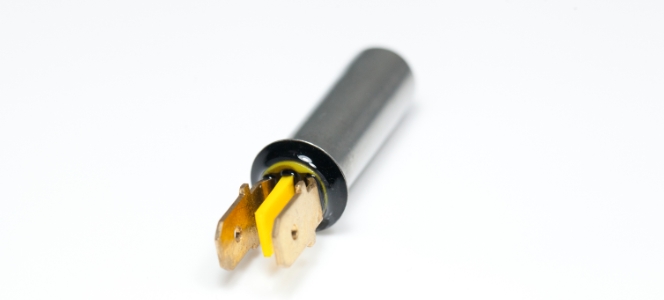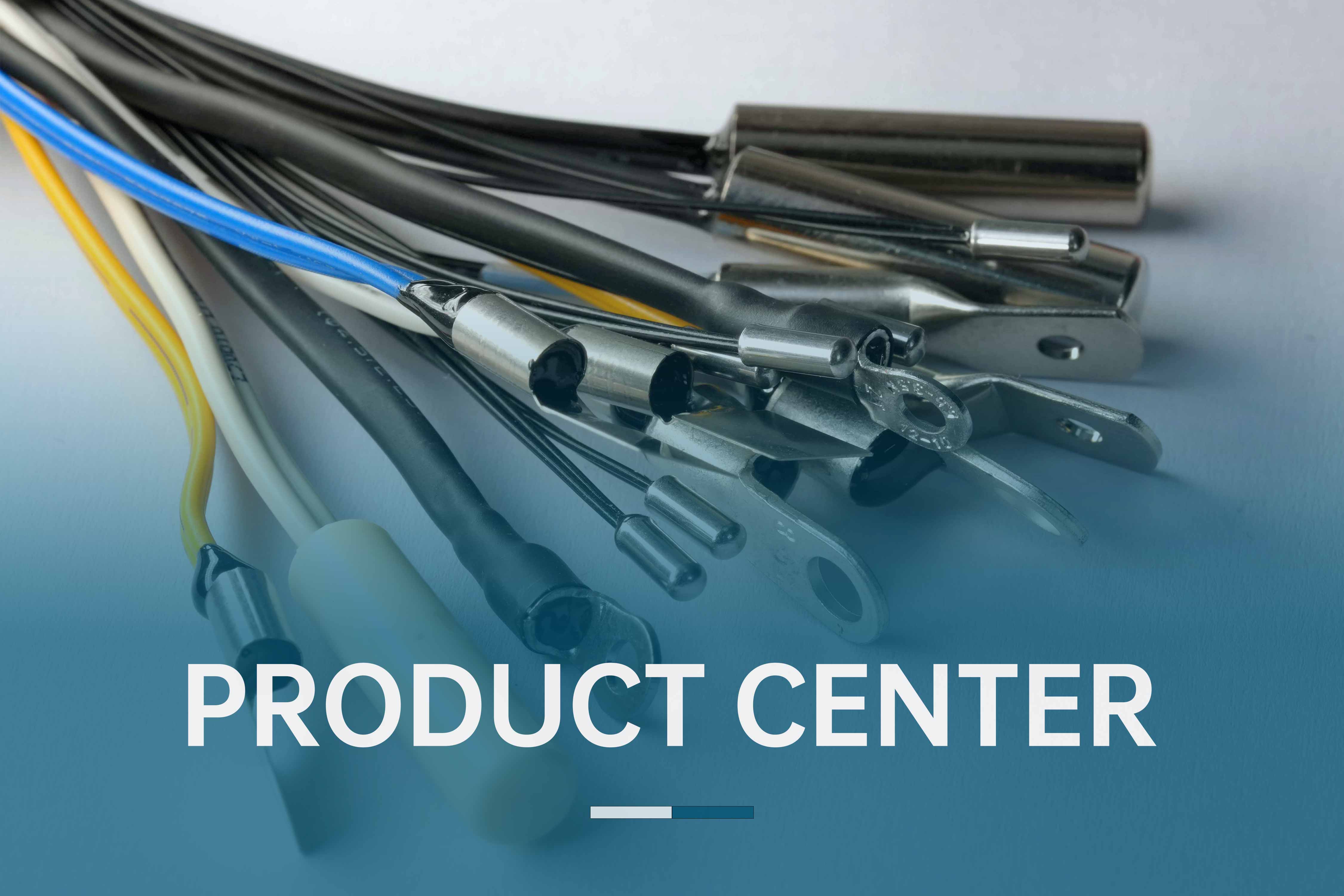Coffee is an art, and temperature control is one of the indispensable key factors in this art. To ensure that the coffee machine operates stably within the optimal temperature range, choosing the right temperature sensor is crucial. As a professional NTC temperature sensor manufacturer, Minsing will guide you in this article on how to select a temperature sensor suitable for coffee machines.

NTC temperature sensors are widely used in modern coffee machines. Their most significant feature is that the resistance value decreases as the temperature rises. This characteristic makes NTC temperature sensors excel in high-precision temperature monitoring, providing real-time feedback on the temperature changes inside the coffee machine and ensuring that each cup of coffee is extracted within the ideal temperature range.
High-precision temperature control: NTC temperature sensors can provide very accurate temperature data, helping coffee machines achieve meticulous temperature control and ensuring that each cup of coffee reaches the best taste.
The advantages of NTC temperature sensors include:
Fast response: The ability to respond quickly to temperature changes ensures that the coffee machine can adjust in real time during heating or cooling, avoiding the impact of temperature fluctuations on coffee quality.
Stability: They have a long service life and stability, ensuring that the temperature control system of the coffee machine remains reliable during long-term operation.
Different types of coffee machines require different working temperature ranges. Generally, the temperature control of coffee machines is usually between 90°C and 96°C, with the optimal extraction temperature for espresso machines being 92°C to 94°C. Drip coffee machines, on the other hand, need to maintain a water temperature of around 90°C.
Selecting the Appropriate Working Temperature Range
Therefore, when choosing an NTC temperature sensor, it is essential to ensure that it can cover the required temperature range of the coffee machine. Generally, the working temperature range of NTC temperature sensors is typically between -30°C and 120°C, which can meet the needs of different types of coffee machines. However, you need to select a sensor with an appropriate temperature range based on your specific application to ensure precise temperature control.
Resistance tolerance refers to the range of resistance variation of the temperature sensor at a specific temperature. A smaller resistance tolerance means that the sensor can provide more accurate temperature data. Therefore, for applications with strict requirements (such as precise temperature control in coffee machines), choosing a sensor with a smaller resistance tolerance (such as ±1%, ±2%) is more advantageous.
Resistance Tolerance Selection
If you have particularly high requirements for temperature control accuracy, it is recommended to select a sensor with a smaller resistance tolerance to ensure that minor temperature fluctuations during the heating process of the coffee machine do not affect the quality of the coffee.
NTC temperature sensors usually come in different packaging forms, including surface mount, leaded, and epoxy resin encapsulated, among others. When choosing, you need to consider the installation space inside the coffee machine and environmental factors.
Sensor Packaging Form
Suitable for compact designs, commonly used in high-end coffee machines.
Surface mount sensors:
Suitable for applications requiring wire connections, commonly used in traditional coffee machines.
Leaded sensors:
Provide an additional protective layer, suitable for environments with high humidity or significant mechanical stress, increasing the durability of the sensor.
Epoxy resin encapsulated:
Response speed measures how quickly the sensor adapts to temperature changes. Coffee machines need to quickly sense water temperature changes and promptly adjust the power of the heating element to prevent excessive temperature fluctuations that could affect the extraction of coffee. Selecting a sensor with a smaller thermal time constant (typically ≤ 20 seconds) can enhance the response speed of the temperature control system and ensure that the temperature of each cup of coffee is precisely controlled. 6. Durability and Stability
Response Speed and Thermal Time Constant
In the long-term use of coffee machines, sensors need to withstand high temperatures, high humidity, and vibration. Choosing sensors that are resistant to high temperatures and moisture is crucial. Sensors coated with epoxy resin can effectively prevent the influence of moisture and chemicals on the sensors, thereby increasing their service life and stability.
Choosing the right temperature sensor for coffee machines not only helps achieve more precise temperature control but also ensures the long-term stable operation of the coffee machine. NTC temperature sensors, with their high precision, fast response, and stability, are the ideal choice for coffee machine temperature control systems. When choosing, you need to consider factors such as the working temperature range, resistance tolerance, sensor packaging form, and durability based on the specific requirements of the coffee machine to ensure that each cup of coffee is extracted at the optimal temperature.
As a professional manufacturer of NTC temperature sensors, Minsingoffers a variety of sensor models to meet the needs of different coffee machines. If you have any temperature control solution requirements, please contact us and we will provide you with the best solution.

How to Select a Temperature Sensor for a Coffee Machine
- Related recommendations: Temperature Sensor in Home Appliances
- keyword: 【Temperature Sensor 】
-
full name*
-
phone
-
email*
-
Company Name (optional)
If you have any other information or questions you would like to know, please feel free to leave us a message (optional)
catalogue














